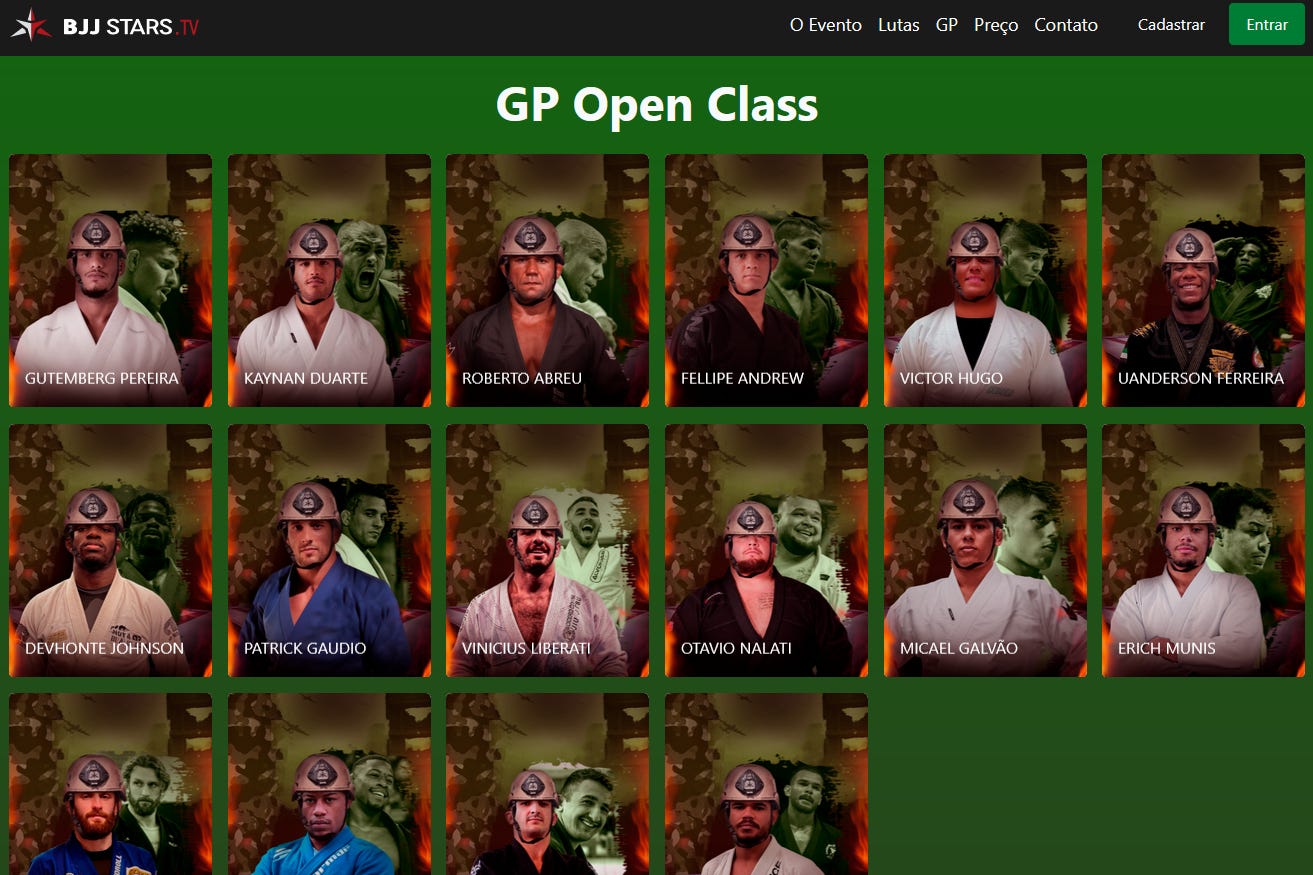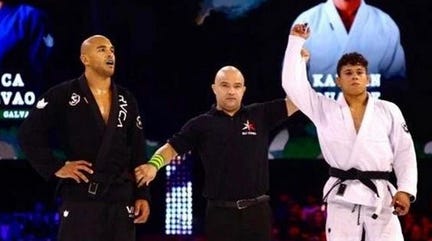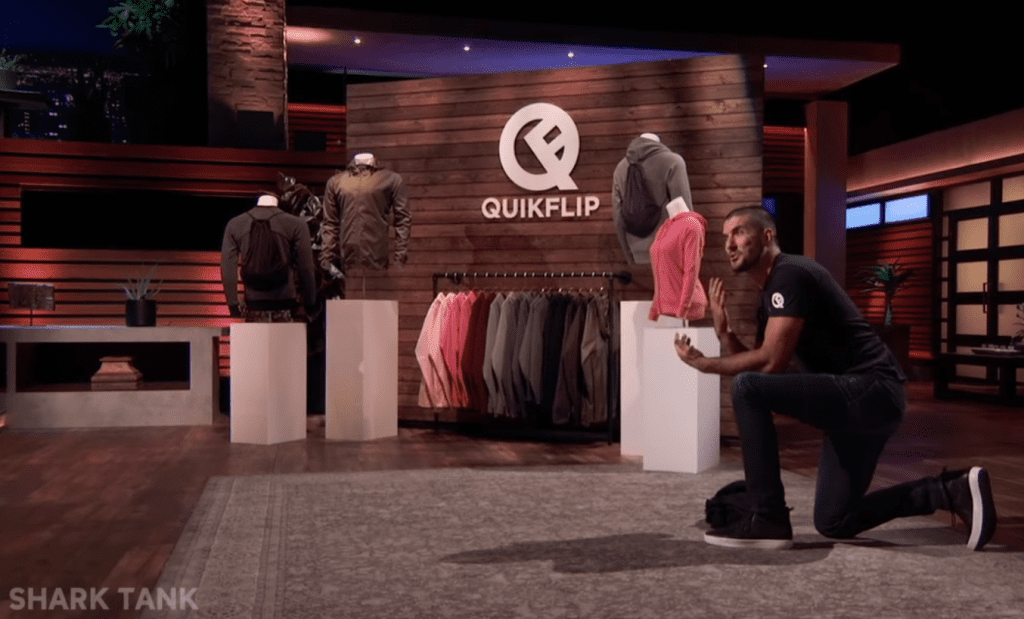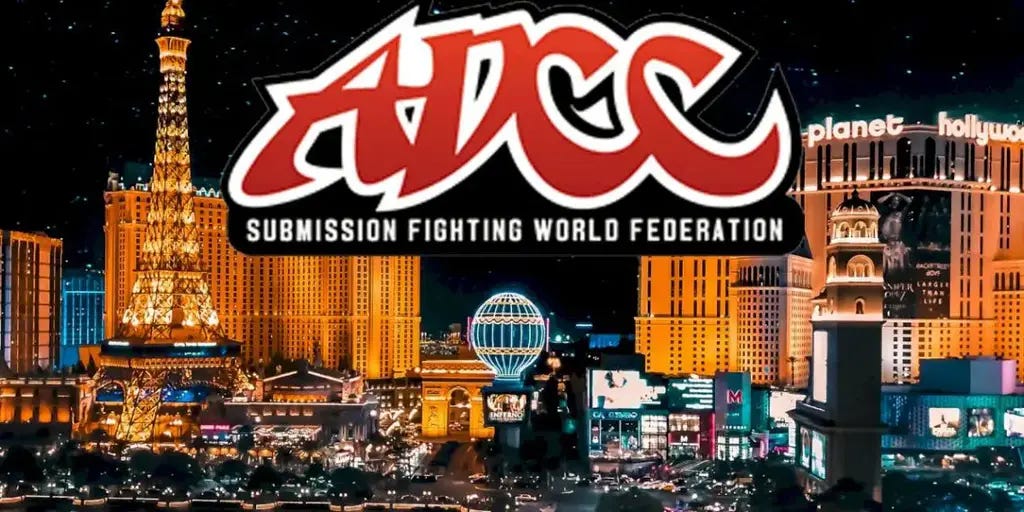The Grapple Hut Huddle, May 2023
Eric breaks down jiu jitsu news for May and continues his ramblings about education in jiu jitsu.
THIS MONTH'S BIG GRAPPLING EVENTS
May 5 - ONE Fight Night 10 (Amazon Prime in USA)
ONE Fight Night 10 will have two pretty good match ups for grappling in terms of “this is what ONE sees as their version of grappling.” First up is Tye Ruotolo taking on former ONE LHW (225 lbs) champion and current ONE Middleweight (205 lbs) champion Reinier de Ridder in a ONE Middleweight (205 lbs) Grappling match.
Then in the first of three title fights for the night, ONE Flyweight Grappling champion Mikey Musumeci is facing off against Osamah Almarwai who actually has more mainstream grappling experience and isn’t just a random SAMBO guy sent out to face a leg locker without knowing any leg lock defense. Almarwai has won the 2022 IBJJF No-Gi World championship, IBJJF Pan No-Gi championship in 2022, and the IBJJF World Masters championship also in 2022. He was kinda busy, so this should be at least an interesting match as compared to the last time Mikey went out to compete in ONE.
May 18 - Tezos WNO 18: Meregali vs. Marinho (FloGrappling)
I would say this would be worth watching but I can’t really be asked to watch any of the WNO events. Mostly because they have silly/bad rules for viewing and also because the main event is going to be a gi match between Nicholas Meregali and Pedro Marinho at heavyweight. Also on the card is Rafael Lovato Jr. taking on Elder Cruz at light heavyweight, Jacob Couch facing off against Izaak Michell at middleweight, and Tubby Alequin (I wish that was a made up name) competing in a flyweight match against Alex Enriquez.
Honestly, does anyone actually watch WNO?
THE NEWS
You know when sports try to get super serious and say “we’re going to punish you if you do X or Y and we mean it” and they actually do what they said they’d do? Like in baseball when Shoeless Joe Jackson actually was banned from playing baseball ever again in a professional league because of the BlackSox Scandal? Or when the NFL will give out suspensions for PED abuse and actually stick to those suspensions? Yeah BJJ doesn’t have that.
Noted PED abusers Mica Galvao and Roberto ‘Cyborg’ Abreu were both popped by USADA for their violations and drug use and prohibited from competing by IBJJF (granted this was in IBJJF events specifically). Well they decided “eh, screw that” and went to compete in BJJ Stars over this past month for a shot at a $40,000 tournament championship.
Kind of defeats the purpose of having USADA involved in the sport now doesn’t it?
Speaking of Mica Galvao in that BJJ Stars event, he reached the quarter-finals and faced off against ADCC gold medalist and fellow PED abuser Kaynan Duarte. During the match, Galvao wound up having his MCL torn when Duarte reaped his knee going for a leg entanglement which resulted in a loud *POP* that could be heard on the broadcast. Duarte was disqualified and Galvao did decide to go on to the semifinals only to lose to Fellipe Andrew probably because he was competing with a knee that had involuntarily exploded.
Next, this was meant to be brought up last month but I decided to sit on it until now. Recently in the USA, the ace of monetization Rener Gracie served as an expert witness in a lawsuit where a jiu jitsu student who was paralyzed after an accident during a sparring session sued their former coach over the incident. Gracie’s role was to serve as an expert witness as he was hired by the plaintiff’s legal team to do so, with reports being he received a hefty sum of money in the hundreds of thousands for his hours of testimony. Allegedly Gracie has donated that money to charity.
As part of his testimony, Gracie broke down the situation and the general need for safety when performing it. He also compared the gym’s protocols to his own Gracie University and gave information on how the defendant’s methods of safety and control were not adequate. The lawsuit ended with the jury awarding the plaintiff $46 million in compensation, though that doesn’t mean it’s just going straight to his pocket.
The final and more baffling bit of news is that the ADCC announced they are now returning to FloSports/FloGrappling for the 2023/2024 ADCC competition season with the World Championships being aired on Flo’s streaming service. This is just a few months after the UFC’s Fight Pass service announced an exclusive deal but that seems to now no longer be the case, likely as a result of the Endeavor purchasing of WWE, and announcing the UFC & WWE will form a new company.
This is…shitty and bad. FloSports sucks in terms of its service in general, and that’s not getting into the whole “paying $30/month for streams that have the wrong audio/video feeds” aspect on top of the whole shady “we’re gonna pretend there’s no monthly subscription option only on FloGrappling but offer it on FloRugby etc. to trick people into buying a yearly subscription” that Flo has been doing for years now.
I like the ADCC as a competition, but highly doubt I’m going to put much effort towards watching the 2024 event.
PUTTING SOME ‘PEDs’ IN YOUR PEDAGOGY
Much like last month I’m going to take time away from discussing a specific technique and focus more on educational concepts and how they apply to jiu jitsu.
Again, this is a topic I feel is pretty vital and important for anyone to understand or at least be aware of when it comes to any form of learning. While last time I spoke about curriculum, this time I’m going to focus on pedagogy or how the information is taught. Both curriculum and pedagogy are vital in how well a learner can develop a sense of understanding of the information they’re being shown.
One important thing to know about pedagogy is that it involves much more than “just teaching” the material. A good instructor needs to ensure their method of teaching embodies the aims and purposes of the curriculum.
A common misconception is that a teacher can just “wing it” and teach without much forethought. In reality, the best forms of teaching are when there is a clear purpose or goal for the teacher to attain. Think about the often commented upon “My coach just watched a YouTube video 5 minutes before the class and taught that for the day” incident. There’s not much of a clear purpose or goal for the lesson.
Teaching effectively requires not only the teacher to clearly understand the goal, but for the student to know what the goal for the lesson is. This allows the student to be able to clearly know where the standard for the learnt material is going to be. When your coach is demonstrating the technique fully and explaining what the specific technique accomplishes, this is an example of that.
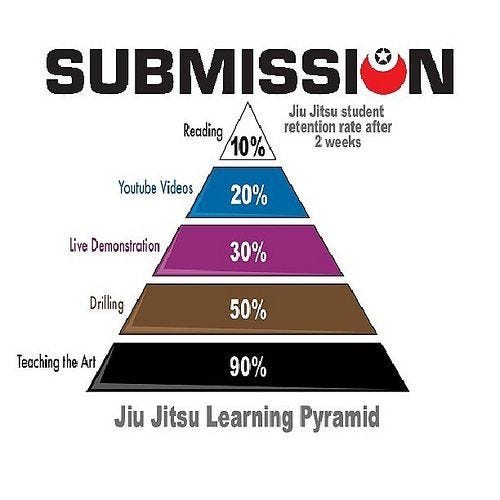
In general there are several forms of pedagogical approaches a coach can use to ensure the material is being learnt.
Collaborative pedagogy: Using a collaborative approach is where the instructor emphasizes group work and cooperative learning. Rather than everyone focusing on just what the coach says or shows for the technique, they allow the students to split up into groups with partners and drill the technique. Then, for example, Partner A notices something Partner B is doing and they work out why its happening and how it can help or hinder the execution of the technique. This is, in my opinion, one of the most common forms of learning in a jiu jitsu environment and is especially seen utilized at open mats. You’re still getting your instructor to provide assistance in the learning, but the problem-solving and collaborative work helps personalize the learning for the individual which in turns helps with retention.
Explicit instruction: This form of instruction involves a clear, direct teaching of a specific skill or skills as well as knowledge. In the context of jiu jitsu, this is typically seen when your instructor breaks down the technique into smaller and more manageable chunks or steps. You’d likely then drill that several times in a row until you felt comfortable understanding the steps of the technique. This is also where the instructor would likely spot flaws in your execution and provide guidance or assistance. Much like collaboration, this is one of the most common forms of learning in jiu jitsu.
Critical pedagogy: This is a form of pedagogy that is rarely, if ever, utilized. Specifically this approach to learning focuses on challenging the power structures and encouraging a student to think critically about social issues related to the topic. So for jiu jitsu it would be more about discussing or learning about the history or culture of the sport and the related issues involved with it. This is actually a pretty useful form of learning as it allows you to relate what you know about jiu jitsu and apply it to more broader issues such as power, privilege and justice.
Place-based pedagogy: When using this method of pedagogy, your instructor is emphasizing connecting your learning to the local environment and community. For jiu jitsu this would likely be seen int he form of again exploring the history and traditions of jiu jitsu in that specific area or country where the gym is located. This isn’t not a very common approach when it comes to jiu jitsu but is still somewhat useful to know about and can be used but is more for a academic or non-bio mechanical understanding.
Caring pedagogy: This final approach, much like its name implies, is one that emphasizes empathy and compassion in the teaching, and emphasizes the emotional and social needs of students. When relating this to jiu jitsu, this would likely be where the gym is created to provide a safe and supportive and caring learning environment. One such place that students would feel comfortable sharing their experiences and concerns with their instructors and fellow students. In this form of pedagogy, a jiu jitsu coach would be using supportive language and positive reinforcement to help students feel valued and respected, and encourage students to develop their own sense of self-worth and confidence through their training. This is pretty common in most gyms, though there are elements of the inverse of this where a more harsh and demeaning approach towards pushing students to do better is employed.
Some Final Thoughts
Now that we’ve explored some pedagogical approaches we should also make mention of some final points about teaching in general.
When teaching, it is vital to understand the importance of validity when teaching. What this means is that there is a need for teachers to be able to reflect on their current pedagogical practices and assess how well their methods are working.
Additionally, when talking about teaching it is also important to note that there is no adequate definition of “quality teaching.” Sure there is some idea or sense of what is or is not good teaching but there is not a set standard. The primary influence on learning is quality teaching, but “quality” may mean something different to different people. Instead its important for a student to develop meaningful experiences when learning, which in turn leads to better retention of the information.
This is only just scratching the surface on the role of pedagogy and how best to utilize it in the context of jiu jitsu but should offer some insight into how you see it used regularly in a class without realizing it or understanding how and why it can be utilized to develop a better learning environment.
Try to think of how your gym’s instruction works and what are the ways the teacher actively passes on their knowledge to you. Which approach do they utilize? Why? What could they do to improve their teaching? These are all questions people should be asking as we try to improve the educational practices in jiu jitsu.





